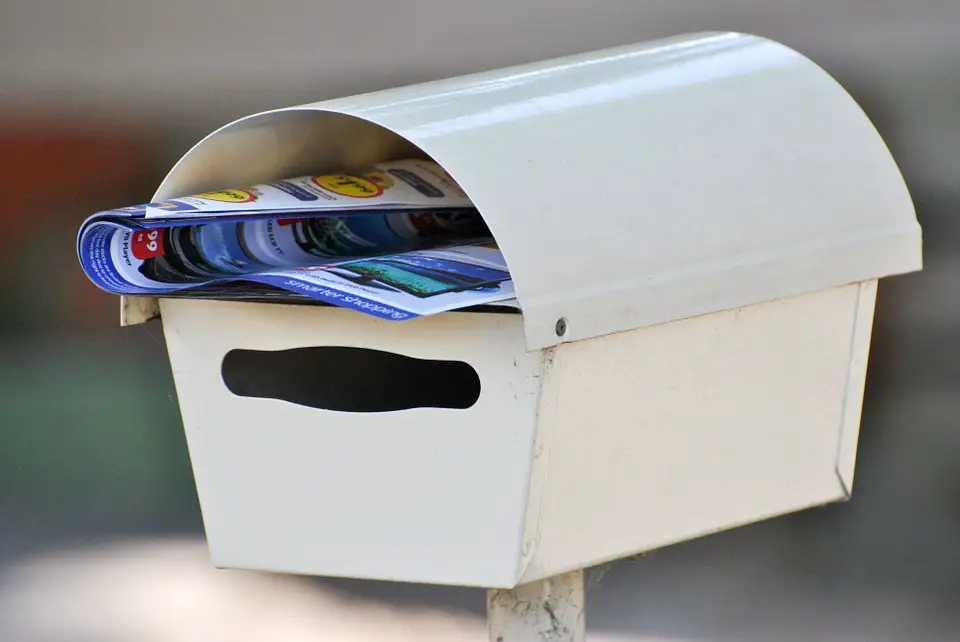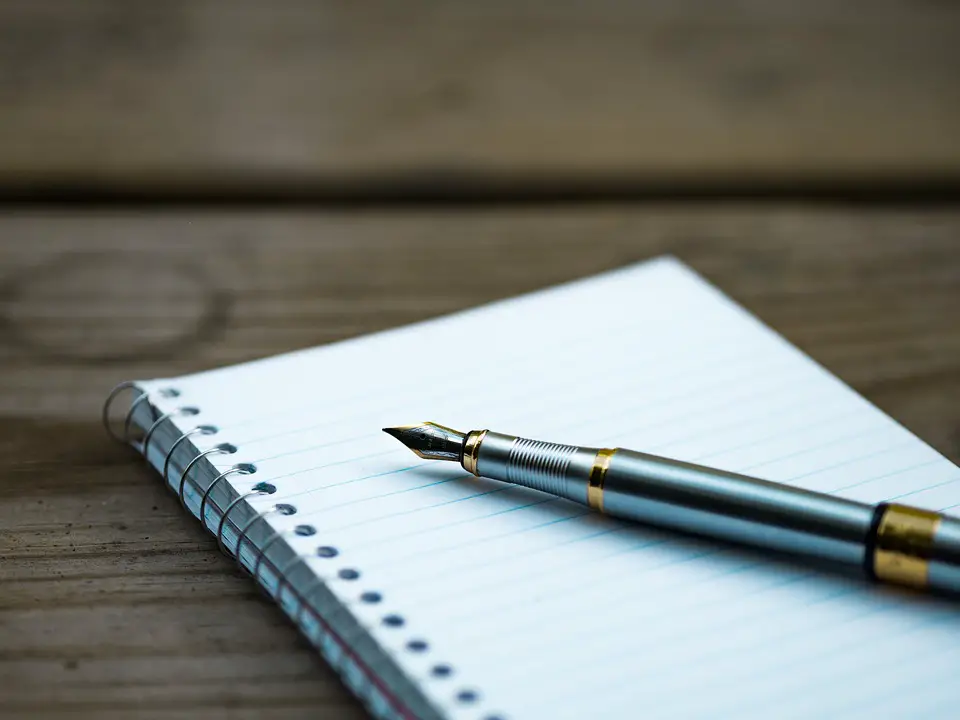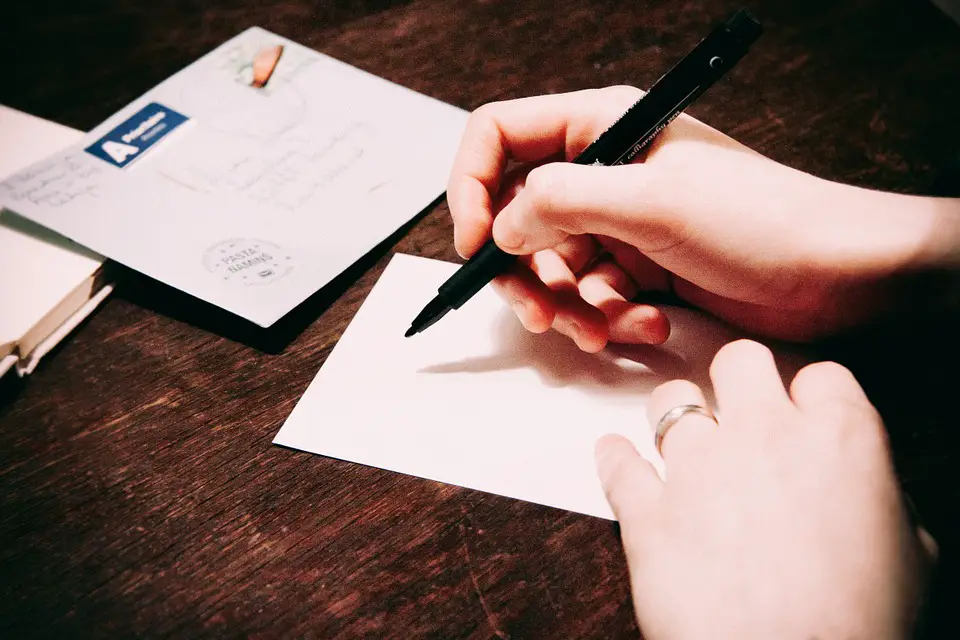Saying thank you is one of the first rules of manners that we learn as children. As we get older, we find more reasons to bestow our gratitude. Did you know that there are specific guidelines for saying thank you letter for a scholarship? Find out the nuances here.
Mind your manners. Do you remember your first lesson in manners? Perhaps it was saying please, or yes sir, or no ma’am. Manners are an attribute of respect, gratitude, and humbleness that is taught by teachers, parents and other important people in our lives.
Do you remember being punished, scolded, and getting a dirty look from mom when you didn’t say “please” or “thank you” were supposed to? Saying thank you is one of the easiest things you can do to show your gratitude towards another person.
What happens, though, when you need to write the words for an honor you received? If you are a scholarship recipient, you are almost required to send a thank you letter to the individual, group or organization that supplied your scholarship funds.
However, some guidelines and rules should be followed when writing this letter. A simple white card with the imprint of “thanks” is not going to be enough.
In this article, we will look at the thank you letter for scholarship and how you should write one in order to display your gratitude and thanks for the financial assistance properly.
Why Write A Thank You Letter for Scholarship?
You received financial assistance that doesn’t need to be repaid. This act of generosity and selflessness deserves more than a smile and nod. However, there are a few reasons you should write the thank you letter for scholarship.
First, you earned money. You earned your scholarship because of your hard work, professionalism and your ability to stand out from all the other applicants. Sending a thank you letter for a scholarship is confirmation that you deserved the award as well as showing you are appreciative of the assistance.
Second, scholarships are provided from selfless individuals, organizations, and groups that all want to see deserving people better themselves. Your education and future were promising enough for someone else to offer to help you pay. A thank you letter for the scholarship shows them that their money isn’t going to waste.
Third, the donor is more inclined to offer a scholarship again. You may not win the next one, but the person behind you that does will get the opportunity because of your thank you letter. When a donor receives their thanks, it validates their donation and makes them more inclined to continue offering donations.
Lastly, your mom and dad taught you proper manners and receiving a charitable contribution to your education is the perfect opportunity to express your thanks and show that your parents taught you the right way to handle situations.
Handwritten or Typed?

Image: CC Creative Commons, Pexels, via Pixabay
In days past a handwritten letter was expected and that is what was delivered. Writing out a thank you letter took time and effort and possibly many drafts. It gave a personal touch to the appreciation that you were willing and able to take the time needed to sit and craft the letter of thanks.
Today, we are a digital society and a typed letter is accepted just as well as a handwritten one. However, the typed letters should be properly formatted and follow even more strict guidelines than a handwritten one. We will cover that in a moment.
How does the Letter deliver?

Image: CC0 Creative Commons, gillnisha, via Pixabay
There are many ways to get a letter to someone, and the most personal is to hand deliver. However, when it comes to thanking you letters for scholarships, this isn’t always feasible. Perhaps the donor is in another state or country, and you can’t physically be there.
Snail mail is the second option. You will most likely have all of the donor’s contact information, including their name, business or personal address and maybe even a phone number. Using this information you can drop the letter in the post and send it on its way.
Before you do though, you should always triple check the accuracy of your information and the envelope you wrote it on. Also be sure to affix proper postage and if in doubt, take it to the local post office for them to weigh, apply postage and ship.
One thing to avoid, at all costs, however, is an email thank you. Thank you letter can even be displayed using HTML to make it stylish and appealing. However, it is the most impersonal approach and is generally frowned upon for scholarship recipients.
Sending an email might be okay to thank dad for the gas money, but not for someone paying for your education (which may also be Dad).
If you do not have the mailing address of the donor, you can go to your school’s scholarship office and leave the letter with them. They will have all of the contact information for each donor and can either assist you in addressing the envelope or more often than note, will address and mail it for you; either is acceptable.
Tools Needed For a Proper Letter
Just like any other task before you, writing a thank you letter requires the right tools. Depending on how you are writing (longhand or typewritten) your tools will vary.
If you are typing the letter, you will need the machine to type with. This can be a typewriter if you want to get nostalgic, or a computer with word processor software. You will also need a printer with proper ink, ready to go.
Lastly, when you use your stationery. You want to pick a nice paper that is thick enough to be firm, but not so thick you can’t fold it into the envelope. You should also make sure the paper is acid-free, so the printer ink doesn’t fade over time.

Image: CC0 Creative Commons, Pexels, via Pixabay
Other tools used for writing Thank you Letter
We also suggest you print out a copy as a test, to ensure the ink doesn’t smudge or smear when touched, folded or layered. Use Plain white or off-white paper only. Don’t get fancy with colors or paper that has odors. It is a thank you, not a seduction.
If you are handwriting, the stationery should follow the same guidelines as printing. It should be good stock and thick enough not to allow the ink to bleed through.
You should always use a single pen, ensuring there is enough ink to last. You should also only use blue or black ink to write your letter. Colored inks shouldn’t use even in hand write the letter in pencil.
The one exception to write thank you letter for scholarship happens to be from an organization that manufacturers pencils or colored inks specifically. In these ultra-rare instances, it is prudent to write your letter using their tools.
As a tip, when handwriting your letter, before you gather your tools and stationary, you should wash and dry your hands and desk to prevent any transfer of debris or smudges from getting on the paper or envelope.
The format of the Letter
The writing rules are quite simple:
- Format the letter with a business heading when typing, otherwise, skip to the next point
- Always start the letter with “Dear Scholarship Donor,” (replace “scholarship” with the actual scholarship name)
- State the purpose of your letter as the first sentence. (i.e., “I want to thank you, as the recipient of…”)
- Write a paragraph about why the scholarship is important to you, and explain your goals or ambitions that the scholarship will help achieve
- Write a brief paragraph thanking the donor once again
- Sign the letter in ink (even typed letters)
- Add your name (printed or typed) and your school name below your signature
- Address the envelope to Scholarship Donor (replacing “scholarship” with the actual scholarship name)
In Conclusion
Writing a thank you letter for scholarship letter is a task that should be done promptly and professionally. You should always keep in mind that the scholarship donor gave you their donation without expectations of payback.
Gratitude is not payback. You should always maintain the utmost respect and admiration for the donation. The individual or organization that donated the scholarship and the donation itself.
Be sure to include in your letter how you plan to use it, the goals and dreams you have that the scholarship will help achieve and why it is important to you that you won the award.
There isn’t a need to drone on or be overly gracious. Professionalism and respect should be the primary focus of the letter. If you know the donor on a personal level, this should stay out of the letter. Unless the familiarity is expected and you should treat the letter as if you don’t know the donor.
Congratulations, on your scholarship; don’t forget to give proper thanks.


